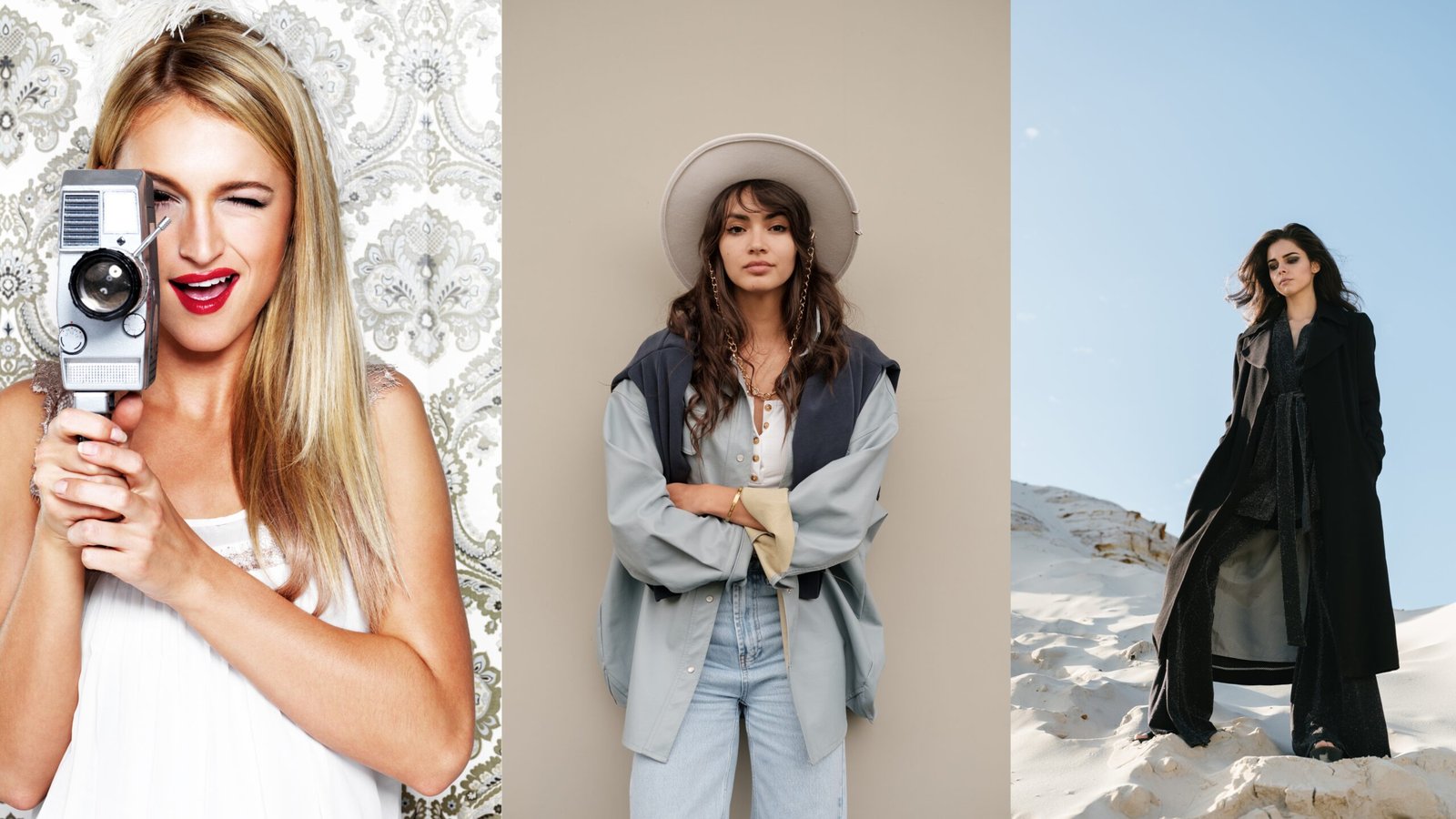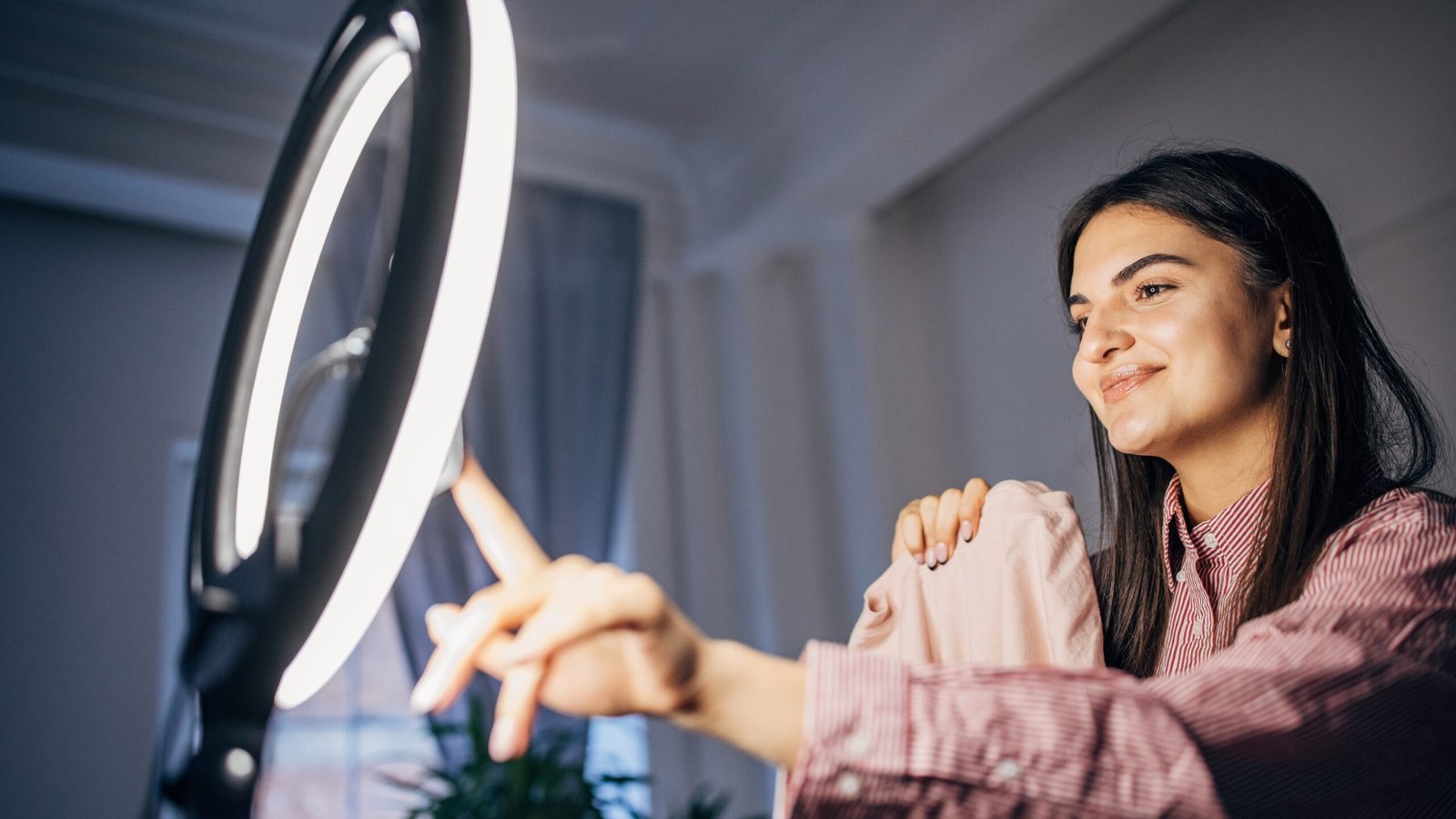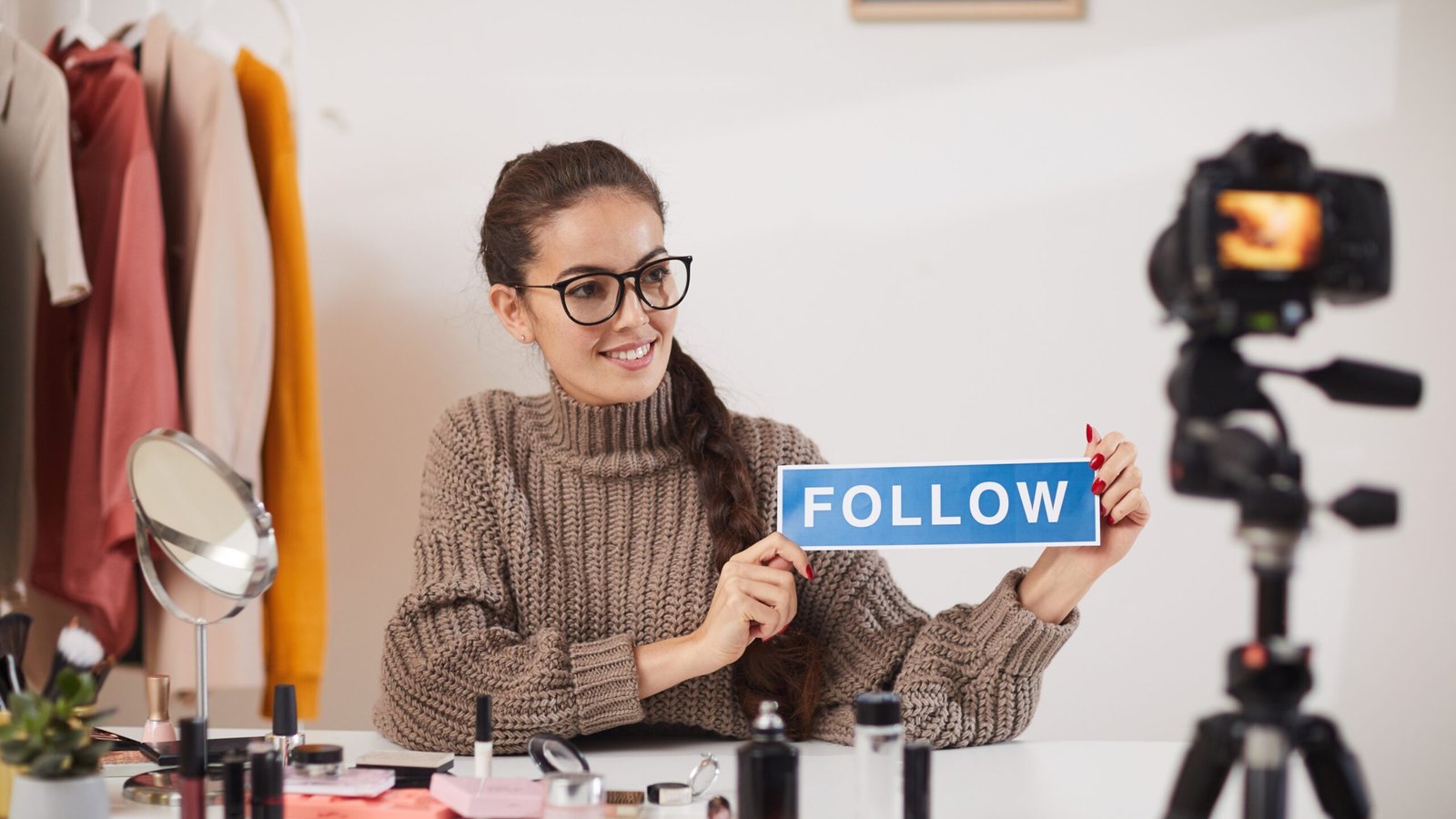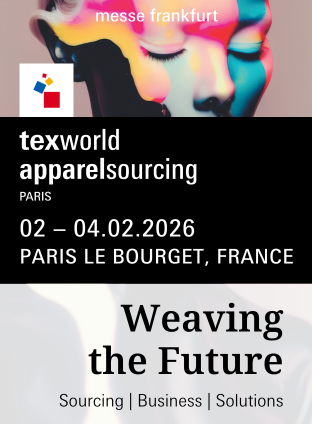Since 2023, at least 70% of Generation Z and millennials have admitted to buying something influencers in fashion promoted. This percentage says a lot about the seismic shift in fashion trends and their origins.
Those days are now history. People used to flip through the pages of Vogue or eagerly wait for the Buzz from Paris Fashion Week, and these luxury fashion magazines or Fashion Week decided what to wear for commoners. Today, the creators of Instagram, TikTok, and YouTube bring the culture and gatekeep style. This is 2025, where the impact of influencers on fashion gives birth to trends.
From Runways to Reels: The Shift in Power

Let us go back to 2023, when millennials admitted to purchasing something promoted by influencers. An even more striking part of this is the shift in authority, the authority to decide what you get to wear by someone else. YouTube, Instagram, and TikTok have significantly impacted the shift in power from magazine editors and runways to “GRWM” (get ready with me) videos. The rise of the influencers makes sense because they are relatable, honest, and unfiltered. Gone are the days of high-end conceptual editorials that people were drawn towards earlier. Fashion Trends are also about thrift hauls, fit checks, and some genuine outfit fails. In a nutshell, they made fashion more democratic rather than an unreachable diversity.
The Rise of Fashion Influencers
The influencer industry is booming because of brands’ inclination and paid advertising partnerships. Working with a social media fashion influencer is as impactful as putting up a billboard or publishing in a magazine. Influencers help you reach a wider audience and deliver better ROI (return on investment).
The reason behind this shift is simple: trust, reliability, and authenticity. The audience is likelier to buy a dress recommended by a content creator than to sit on a glossy Page 3 ad. Moreover, who buys magazines like Page 3 these days? People believe in influencers more as they bring out the product naturally and personally. Clothing brands have now started to consider all sizes of influencers to promote their plus-size products, which is commendable and more relatable.
How Influencers Shape Fashion Trends

Ever notice how a new trend shows up everywhere, all at once? That is the power of influencers. On platforms like Instagram and TikTok, fashion trends can go viral overnight. Sometimes, these digital fashion trends are planned, but other times, they happen by chance. Either way, the impact spreads fast and wide.
Lately, micro-influencers in fashion have been making waves. They might have fewer followers, but their audiences truly listen. These creators often start small, local trends that later get picked up by more prominent names, brands, or even celebrities. It is a new way for trends to grow more real, relatable, and people-powered.
Influencers Sell Stories
Today’s influencer-driven style trends are not just about outfits. They mix fashion with personality, culture, and meaning, which keeps people hooked.
Take Wisdom Kaye for an example. He is known for bold, creative looks, but his style is more than just style. He brings storytelling into every outfit, blending fashion with anime, fantasy, and confidence. Each post feels like stepping into a different world.
Then there is Emma Chamberlain. She does not follow trends, she makes them. Her “I just threw this on” vibe feels honest and real. It is not polished, and that is precisely why it works. She has helped Generation Z see fashion in an easygoing, chill way that is accurate to themselves. Her work with big names like Louis Vuitton and Cartier shows how powerful influencers have become in fashion.
The Power of Social Proof and Authenticity
Let us keep it simple and real. Why do people trust influencer recommendations so much? They feel honest. We have seen their messy rooms, bad hair days, and not-so-perfect moments. That kind of honesty builds absolute trust.
In 2025, authenticity is everything, especially when it comes to fashion. How Gen Z influences fashion? They do not fall for polished ads or overdone pitches. They want to hear from people who use and love the stuff they discuss. They are drawn to honest, relatable creators who show up as their true selves.
That is also why lo-fi content is taking over. iPhone selfies, unfiltered videos, and casual, off-the-cuff reviews connect more than glossy photo shoots. After all, it is about being real. Hence, it’s working.
The Business Side: Influencers and Fashion Brands
Nowadays, influencers help design products and are not just restrained to promoting them. Some brands involve influencers in the creative process, as they know what their audience would love to see more of.

Consider collaborations like Aimee Song with Revolve or Addison Rae’s brand launches. These are not quick sponsorships but genuine partnerships that involve shared ideas and creative input. Influencers know what their audience loves, and that knowledge turns into products that fly off the shelves.
Moreover, some have gone even further. Chiara Ferragni, for instance, took her fashion blog and turned it into a global brand. She is now a CEO and a fashion leader, proving that digital influence can become a serious business power.
Challenges and Controversies
It does not have all front-row seats and dreamy brand collabs. As influencer fashion rises, so do some important concerns.
One big issue is overconsumption. With influencers constantly posting new looks and ideas, there is the obvious pressure to keep things always new and fresh. Unintentionally, this leads to a fast-fashion mindset. This is why the push for sustainable content is also in trend.
Then, there is the question of sponsored content. As brand deals grow, it is getting harder to distinguish between a genuine recommendation and a paid promotion. People are starting to question the honesty behind the posts they see, and influencers are being asked to be more upfront than ever.
Moreover, we cannot ignore the toll it takes on the influencers themselves. Burnout is real. The pressure to always be “online,” to post constantly, and to stay relevant is exhausting. Many creators have spoken out about the mental health struggles that come with trying to keep up.
Future of Fashion and Influencer Culture
So, where is this all going?

Get ready for more change. We are already seeing the rise of AI influencers and virtual fashion. Digital avatars like Lil Miquela are scoring brand deals, and virtual-only clothing (even NFTs) is becoming part of the scene.
Influencer fashion is also becoming more values-driven. Gen Z leads the charge, demanding more inclusivity, honesty, and purpose in the style space. It is less about showing off and more about self-expression and meaning. That is changing who gets seen and what gets celebrated.
New apps like BeReal and Lemon8 are also popping up where content feels more relaxed and real. These platforms are shifting the focus from curated perfection to genuine storytelling.
In short, fashion trend forecasting through influencers is not fading. It is evolving, becoming deeper, more thoughtful, and more connected to how we live and express ourselves.
Final Thoughts
For 2025, if the audience wishes to see what is new, they are likelier to check their phones instead of waiting for the next Fashion Magazine to publish their thoughts. From viral TikTok fashion trends to a candid YouTube thrift haul, people will relate more to fashion. Needless to say, fashion influencers have made it more fun, creative, and personal to be diverse. Nevertheless, with that kind of impact comes a responsibility to stay transparent, thoughtful, and accurate.
Tell us, who is your fashion fave in 2025?

